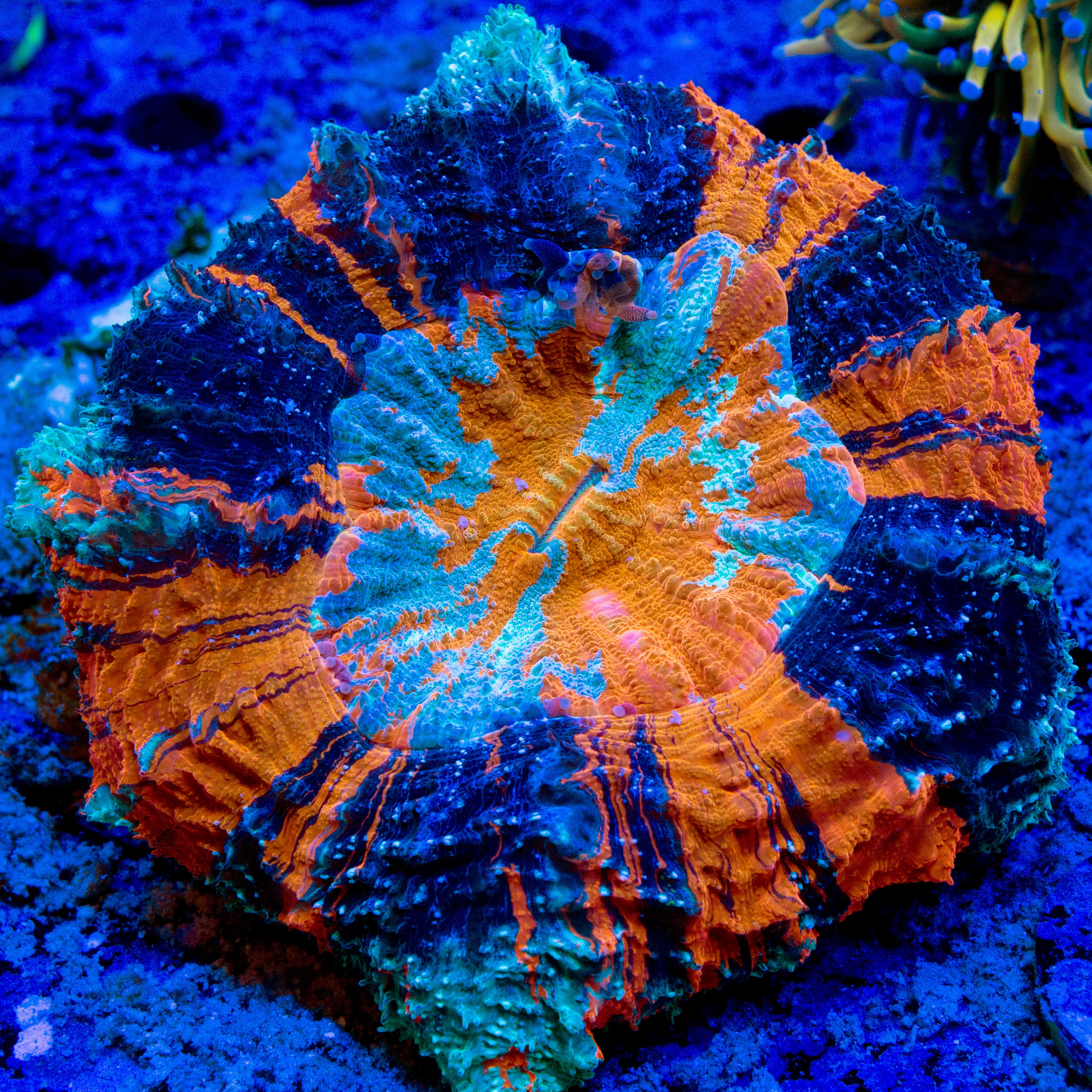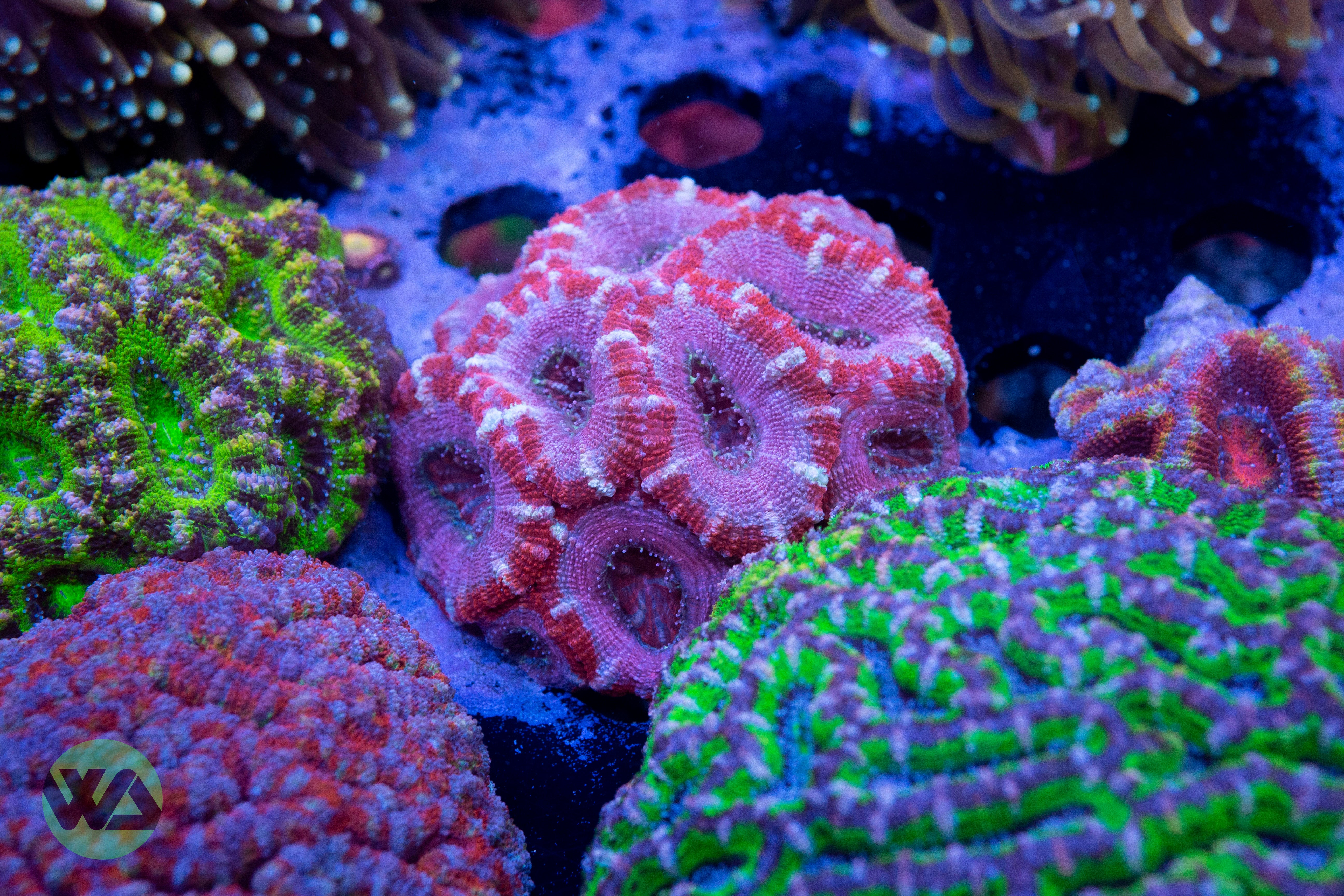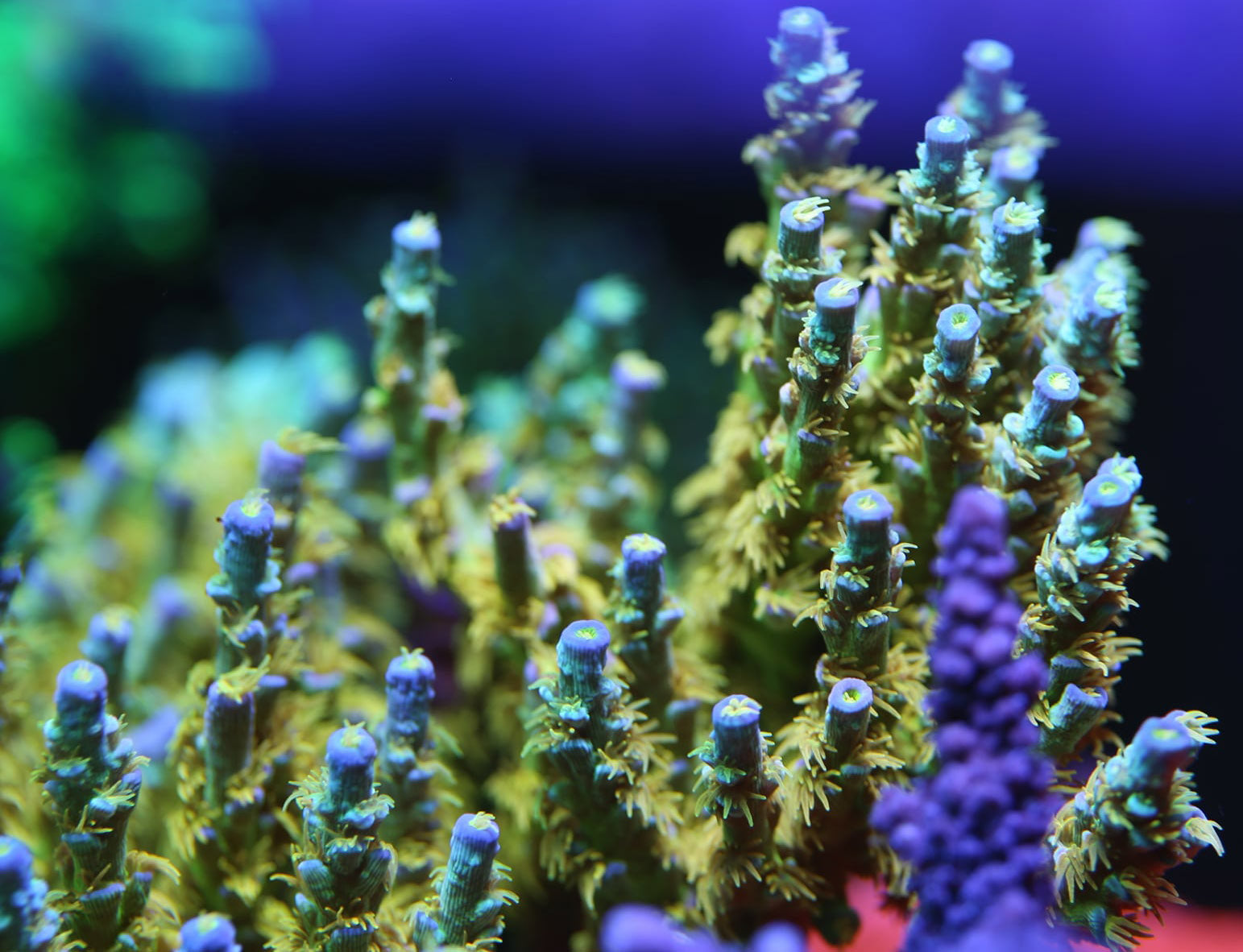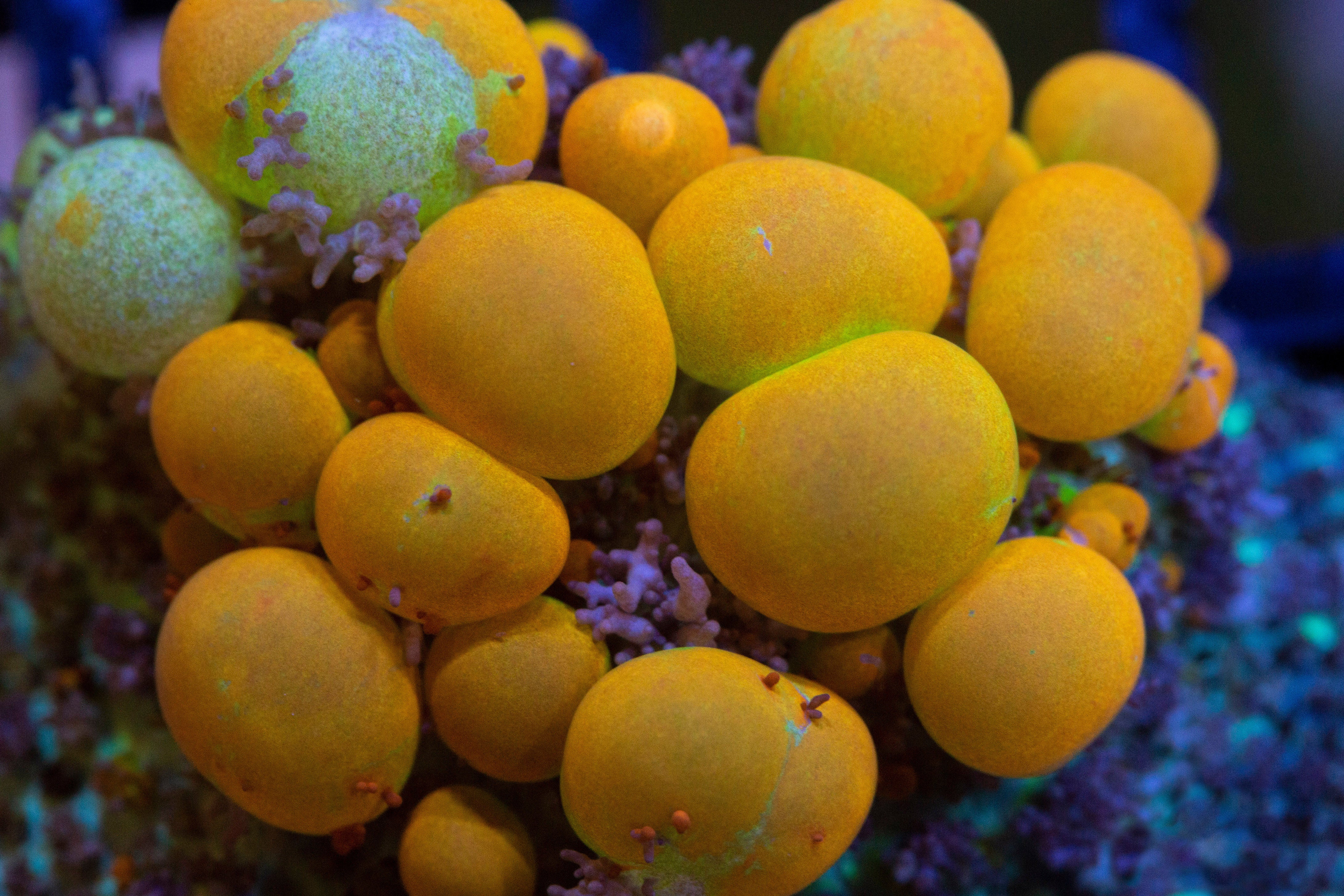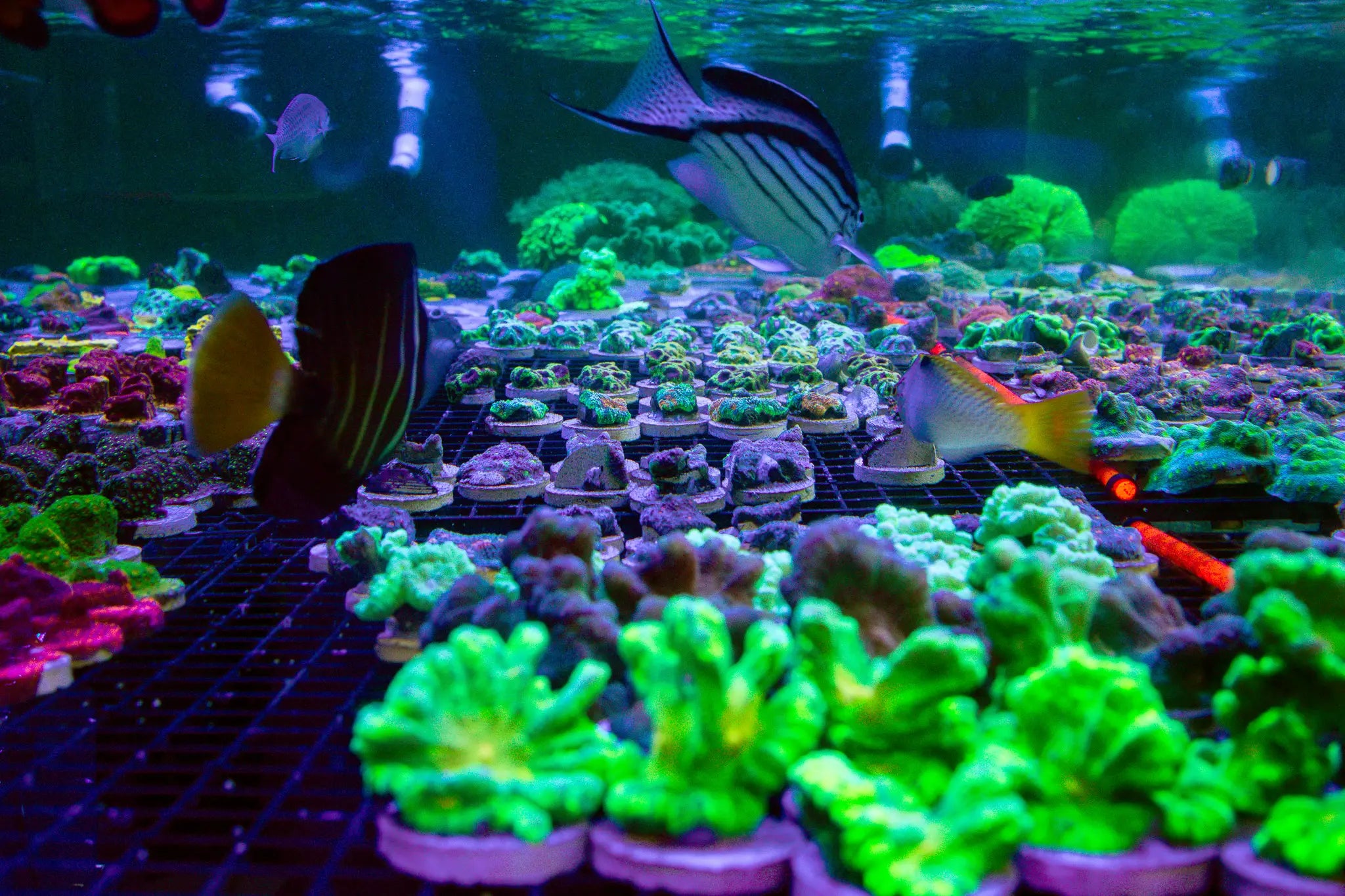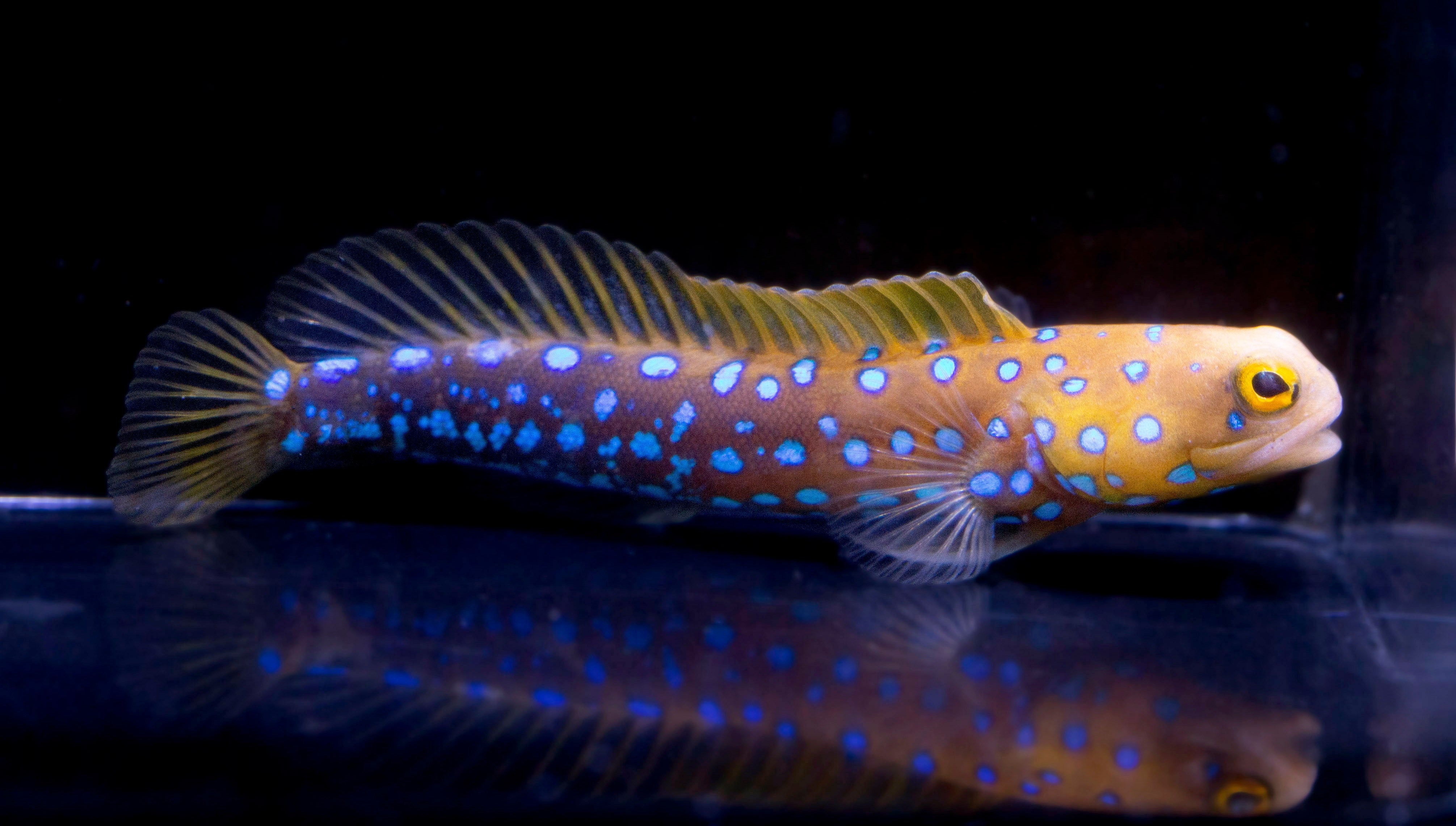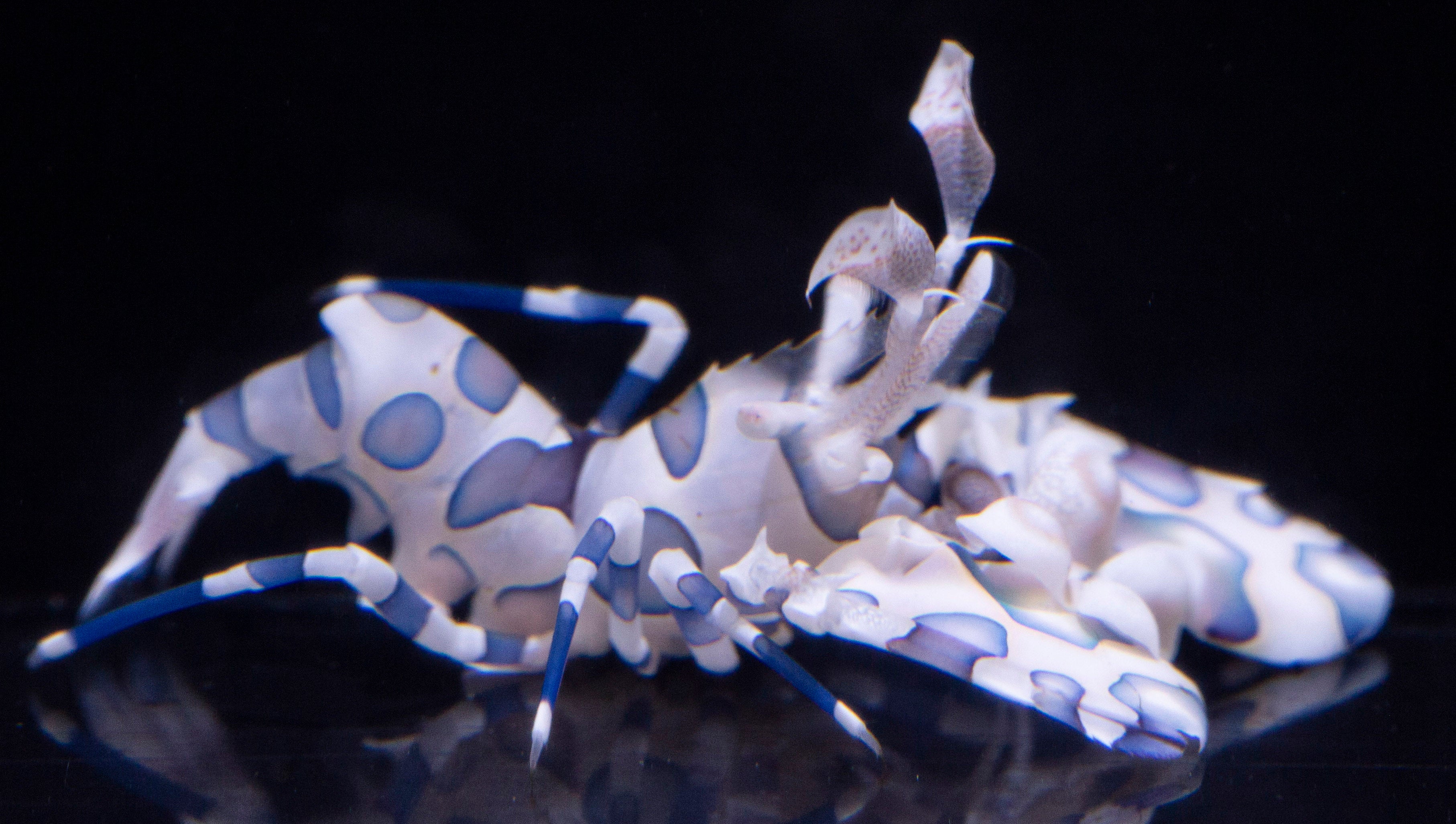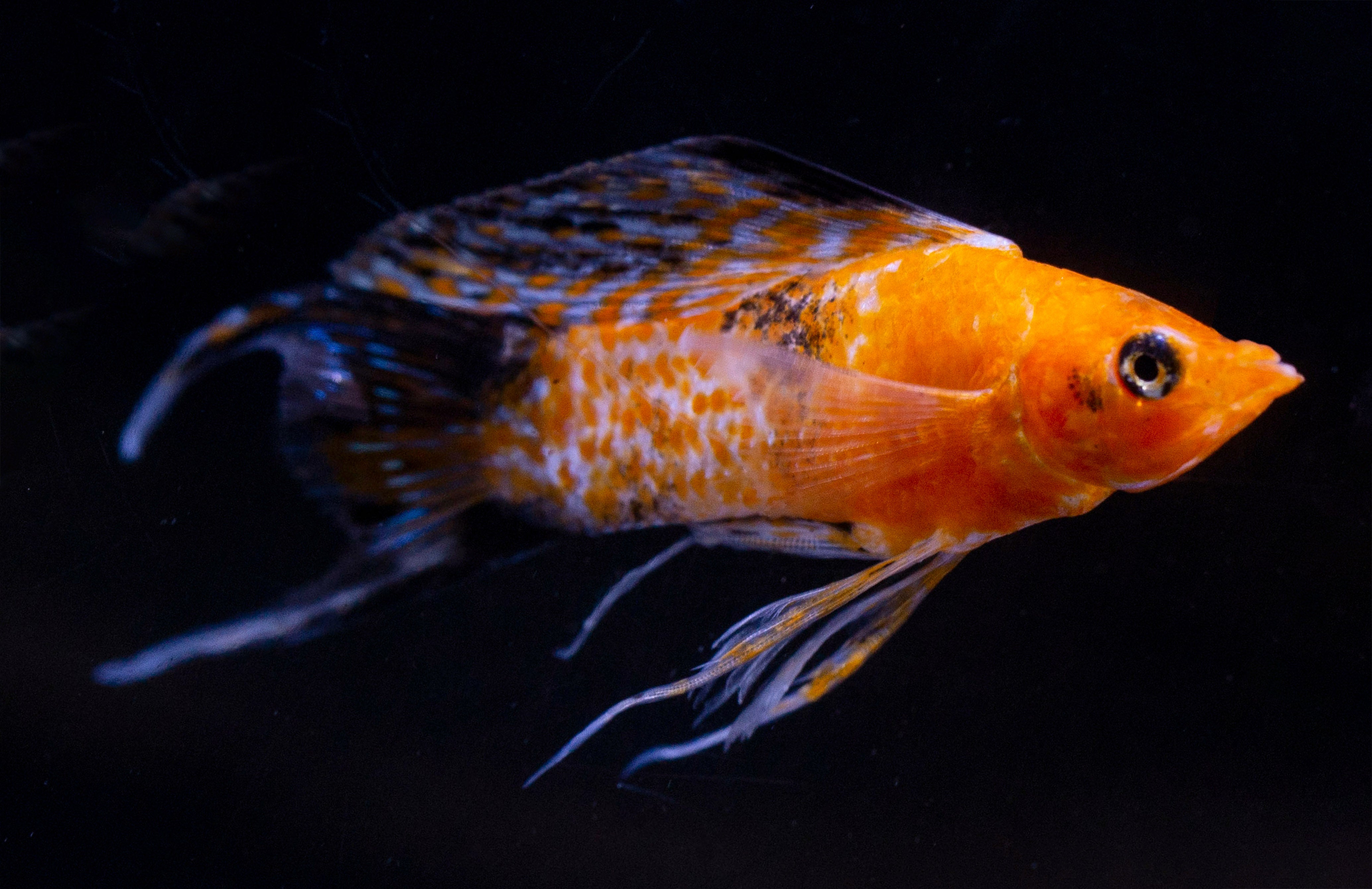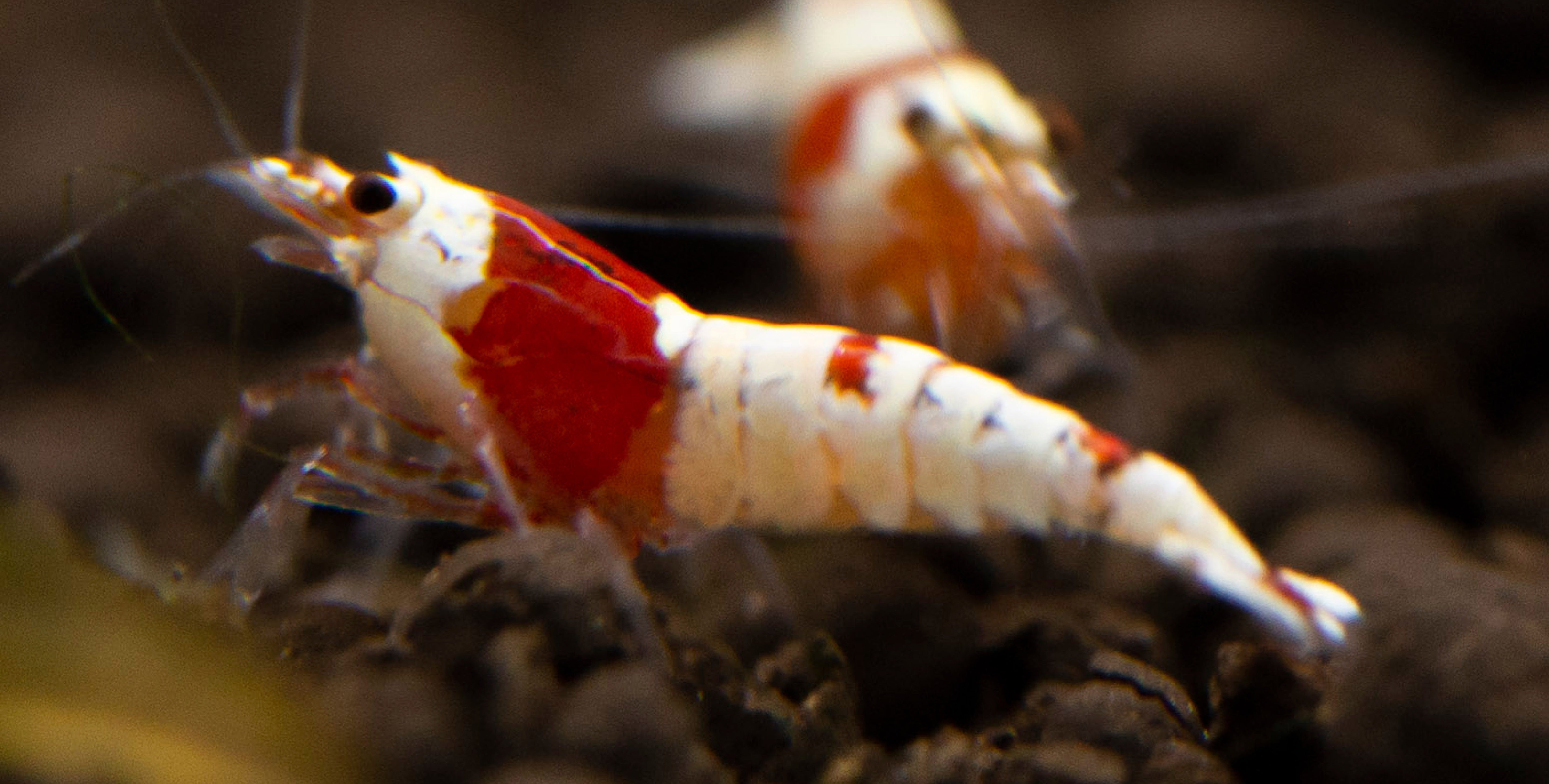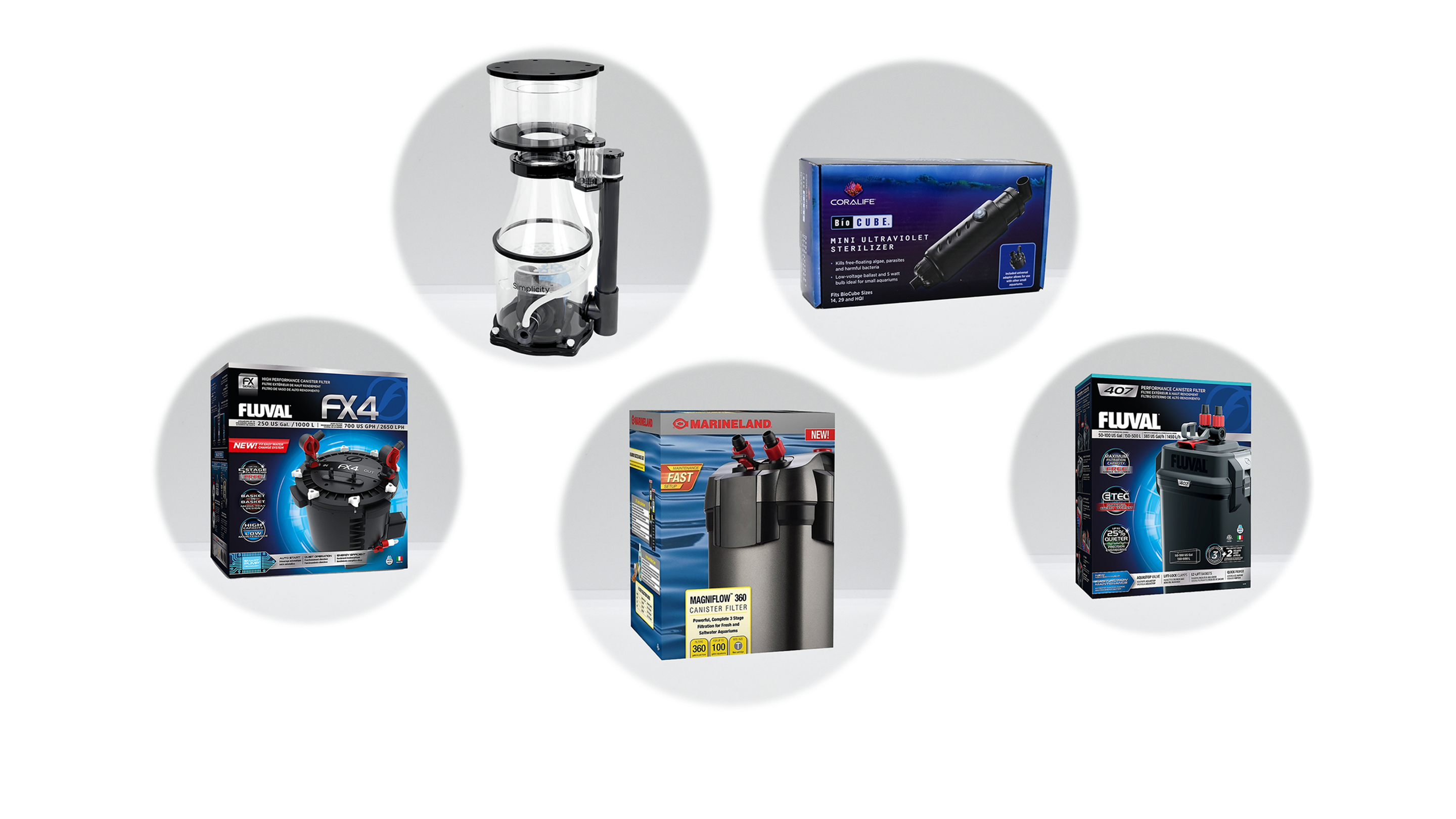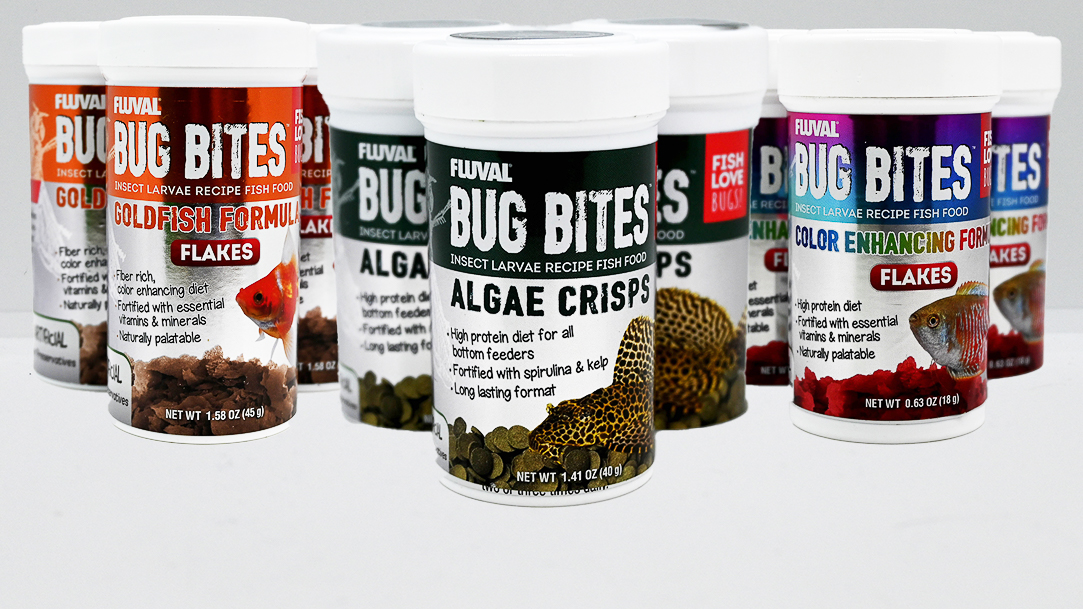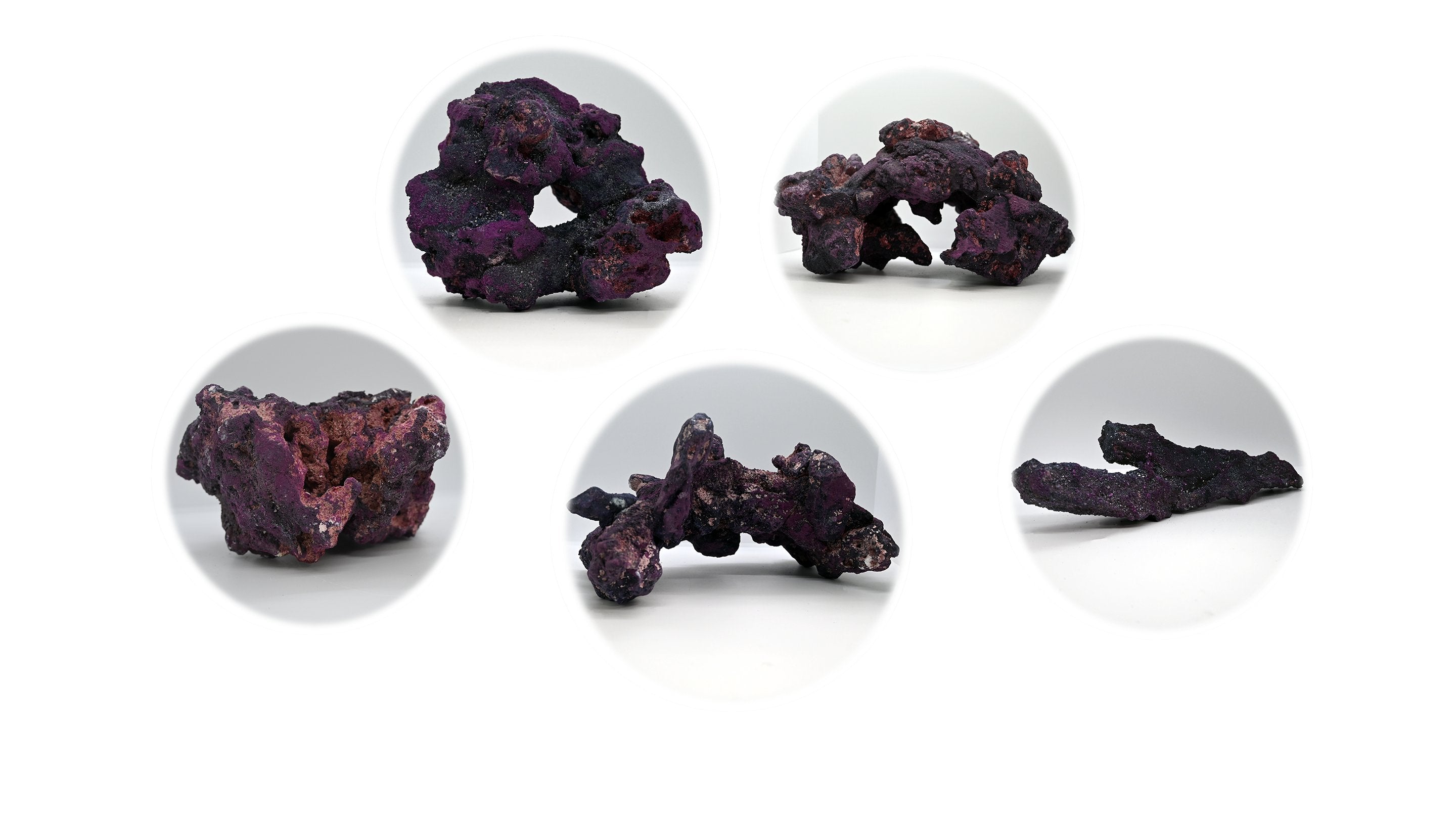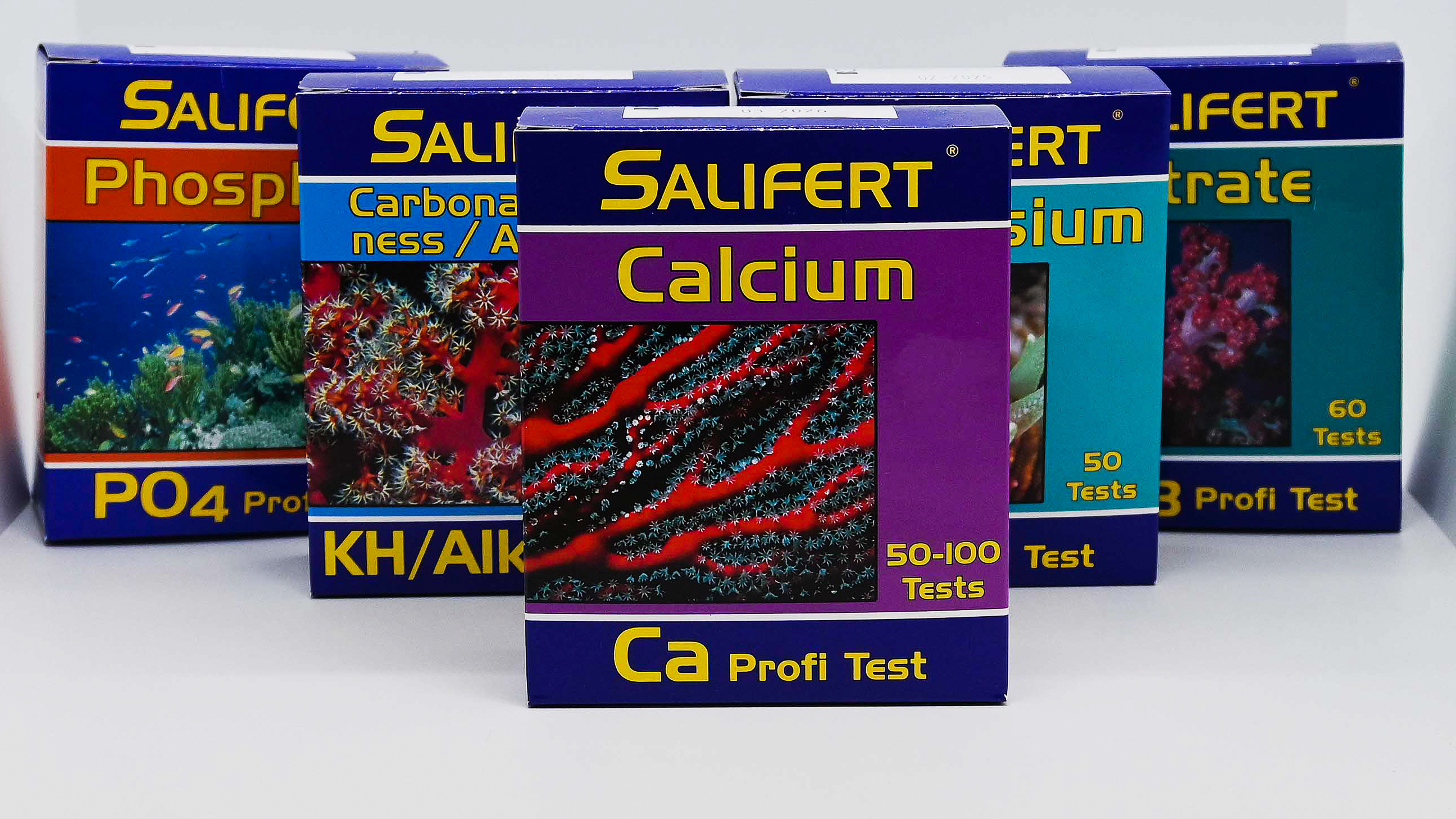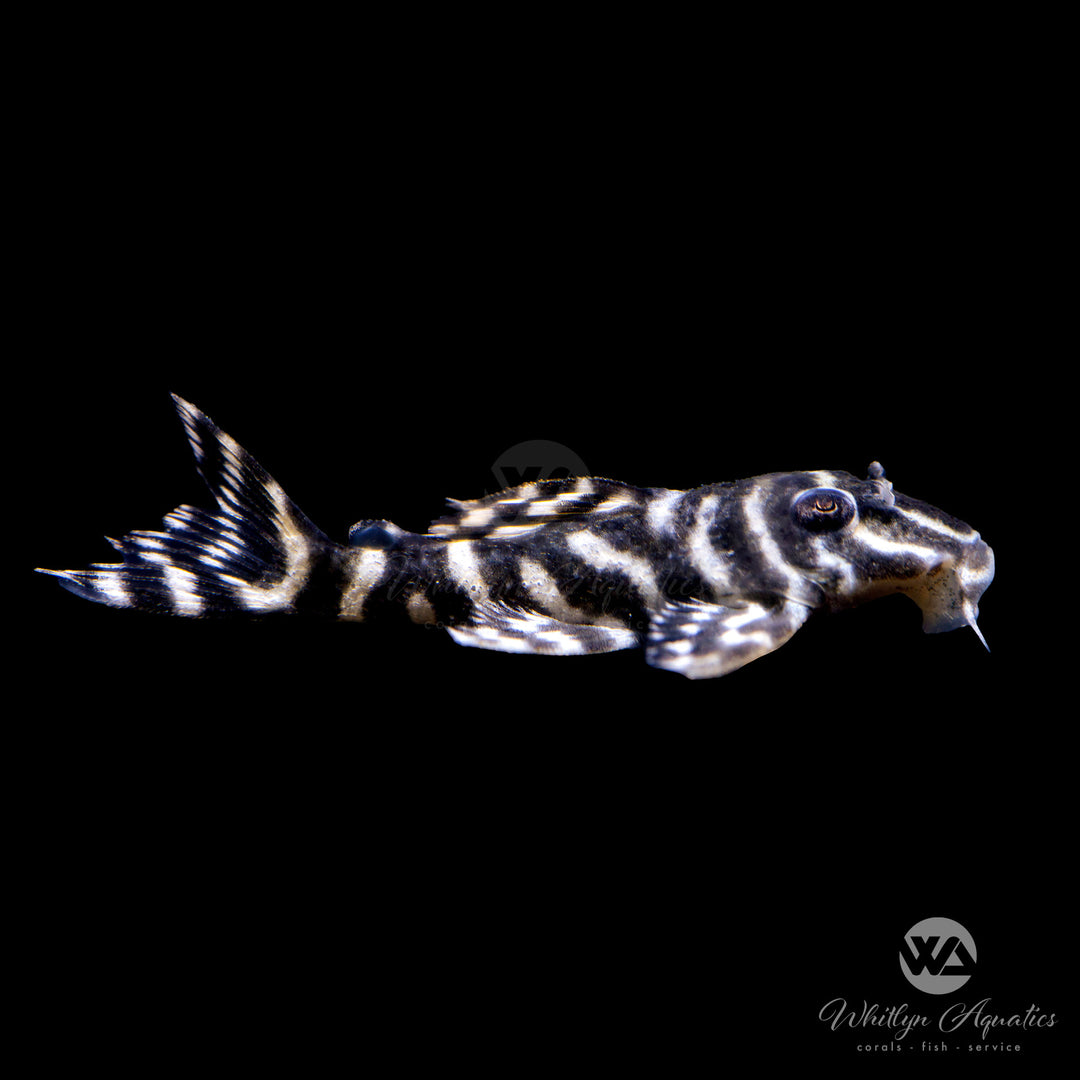
Mega Clown Pleco - L340 - Hypancistrus sp.
- In stock, ready to ship
- Backordered, shipping soon
Mega Clown Pleco (L340) - Hypancistrus sp.
The Mega Clown Pleco (Hypancistrus sp.), also known as L340, is a captivating species of freshwater fish celebrated for its unique appearance and intriguing behavior. With its distinctive pattern of bold black and white stripes, this pleco stands out in any aquarium setting, making it a favorite among aquarists.
Description:
• Common Name: Mega Clown Pleco
• Scientific Name: Hypancistrus sp. (L340)
• Family: Loricariidae
• Size: Typically grows to about 4-5 inches (10-13 cm)
• Color: Features a striking pattern of alternating black and white stripes or spots, reminiscent of a clownfish, which adds visual interest to the tank.
Native Region:
The Mega Clown Pleco is native to the river systems of South America, particularly found in the fast-flowing waters of the Rio Xingu and its tributaries in Brazil.
Aquarium Setup:
• Tank Size: Minimum of 30 gallons (114 liters) is recommended for a single fish or a small group.
• Water Parameters:
• Temperature: 75-82°F (24-28°C)
• pH: 6.5-7.5
• Hardness: 2-12 dGH (soft to moderately hard water)
• Diet: Omnivorous; primarily feeds on algae, plant matter, and protein-based foods. Offer a varied diet of high-quality sinking pellets, algae wafers, blanched vegetables (such as zucchini and spinach), and occasional protein-rich foods like frozen or live brine shrimp.
Care Level:
• Difficulty: Moderate
• Temperament: Generally peaceful but can be territorial, especially males. Best kept in a spacious tank with hiding spots to minimize aggression.
• Lifespan: 5-10 years with proper care.
Behavior:
The Mega Clown Pleco is primarily a nocturnal fish, becoming more active during the evening and at night. They enjoy resting on surfaces and exploring their environment, often using their specialized mouth to graze on algae and biofilm. Providing plenty of hiding spots will encourage their natural behaviors and reduce stress.
Additional Tips:
• Tank Mates: Compatible with other peaceful species, such as tetras, rasboras, and other community fish. Avoid aggressive or larger species that may bully them.
• Breeding: Breeding in captivity is challenging and requires specific conditions. Males will often guard a cave or crevice, attracting females to spawn.


